Invasive Haemophilus Influenzae Disease In Adults
Invasive haemophilus influenzae disease in adults. Invasive haemophilus infections in adults should be investigated and treated aggressively. Influenzae disease was defined as isolation of the organism from a normally sterile site. In a study conducted in the Atlanta Georgia USA metropolitan area before Hib vaccine introduction adults comprised 24 of all invasive H.
There were 17 cases of bacteremic pneumonia and 12 cases of serious extrapulmonary infections. NTHi were the most common cause of invasive disease and showed high genetic diversity. Haemophilus influenzae is a Gram-negative coccobacillus that can cause serious invasive disease in children and adults.
Influenzae invasive disease has shifted toward adults. We reviewed retrospectively all invasive Haemophilus influenzae Hi infections in adults ascertained from reference laboratory records and notifications from five NHS regions over the 5 years from 1 October 1990 a period encompassing the introduction of routine Hib childhood immunization October 1992. A total of 446 cases were identified a rate of 073 infections per 10 5 adults per annum.
Among 65 year-olds the overall case fatality ratio CFR is estimated to be 195 and increases with age ranging from 102 to 275. The most prevalent strain is type b Hib. Haemophilus influenzae type b Hib is an obligate human pathogen and an important cause of invasive bacterial infections in both children and adults with the highest incidence among young children.
Crowe HM Levitz RE. I n a five-year period 29 cases of bacteremia andor meningitis in adults caused by Haemophilus influenzae were seen in our large community hospital. Surveillance and disease data Disease data from ECDC Surveillance Atlas.
Fully 51 of invasive disease occurred among adults in this age bracket and two-thirds of Hib-related deaths occurred among those aged 65 and. Influenzaetype b Hib is noteworthy because of its polyribosyl ribitol phosphate PRP capsule which accounts for 95 of invasive disease in children and 50 of invasive disease in adults. Haemophilus influenzae type b Hib is an obligate human pathogen and an important cause of invasive bacterial infections in both children and adults with the highest incidence among young children.
We reviewed retrospectively all invasive Haemophilus influenzae Hi infections in adults ascertained from reference laboratory records and notifications from five NHS regions over the 5 years from 1 October 1990 a period encompassing the introduction of routine Hib childhood immunization October 1992. Invasive Haemophilus influenzae is associated with severe outcomes especially in older adults.
Among 65 year-olds the overall case fatality ratio CFR is estimated to be 195 and increases with age ranging from 102 to 275.
Haemophilus influenzae type b Hib is an obligate human pathogen and an important cause of invasive bacterial infections in both children and adults with the highest incidence among young children. Background Since the introduction of the Haemophilus influenzae serotype b vaccine H influenzae epidemiology has shifted. The most prevalent strain is type b Hib. Influenzae disease was defined as isolation of the organism from a normally sterile site. An effective and safe vaccine against Hib has been available since the 1980s and most but not all EU Member States have included Hib vaccine in their national immunisation programs. I n a five-year period 29 cases of bacteremia andor meningitis in adults caused by Haemophilus influenzae were seen in our large community hospital. The incidence of H. Invasive haemophilus infections in adults should be investigated and treated aggressively. We reviewed retrospectively all invasive Haemophilus influenzae Hi infections in adults ascertained from reference laboratory records and notifications from five NHS regions over the 5 years from 1 October 1990 a period encompassing the introduction of routine Hib childhood immunization October 1992.
Haemophilus influenzae Hi is carried in the throat of Capsulated strains which are generally more invasive. There were 17 cases of bacteremic pneumonia and 12 cases of serious extrapulmonary infections. Among 65 year-olds the overall case fatality ratio CFR is estimated to be 195 and increases with age ranging from 102 to 275. In the United States the largest burden of disease is. Invasive Haemophilus influenzae disease in adults. Influenzae disease was defined as isolation of the organism from a normally sterile site. Invasive haemophilus infections in adults should be investigated and treated aggressively.

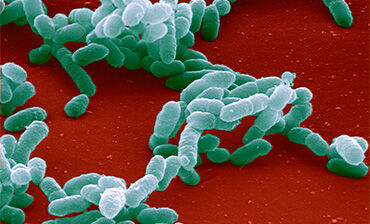


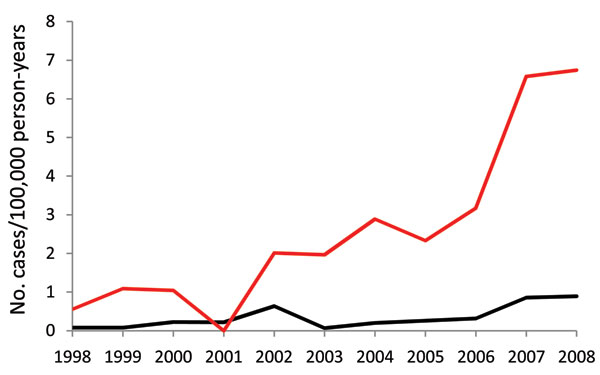
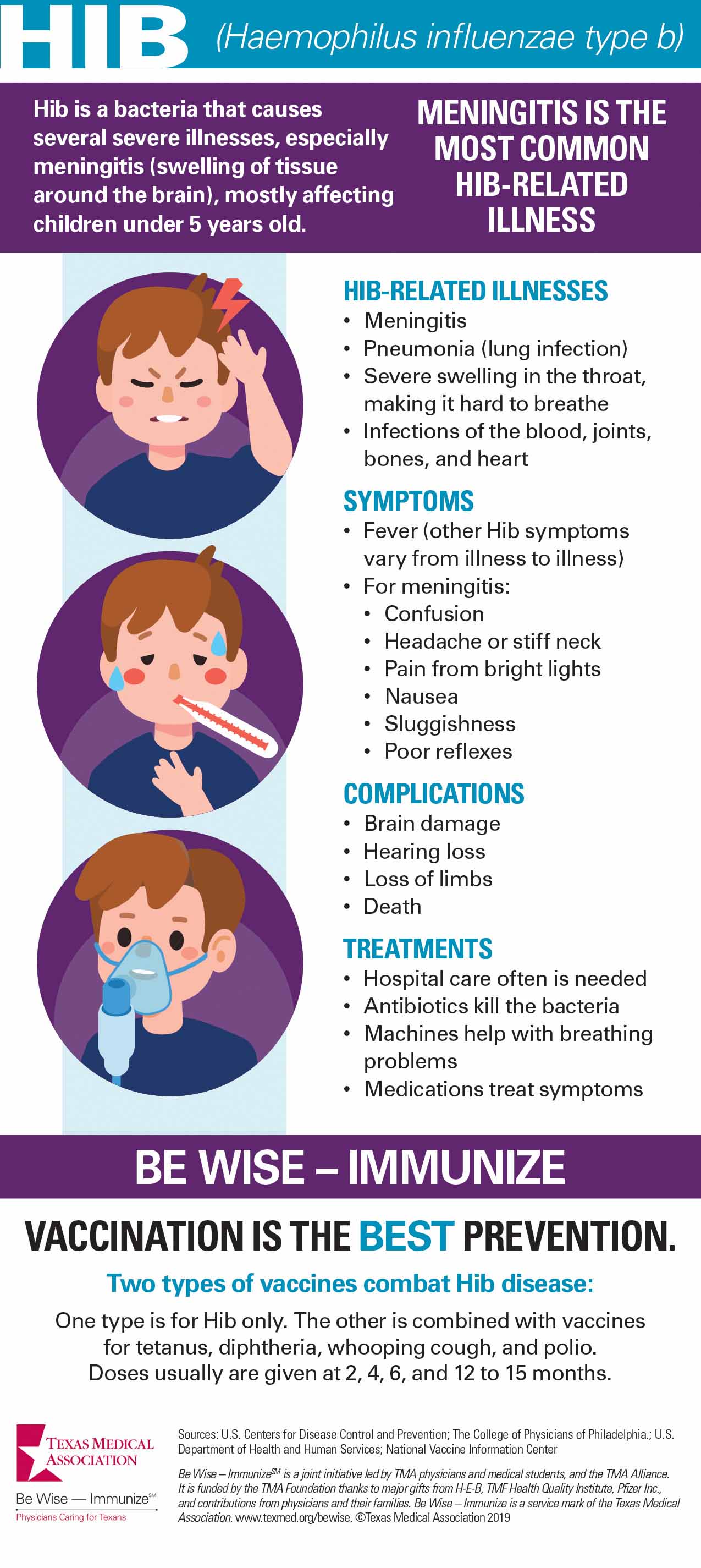

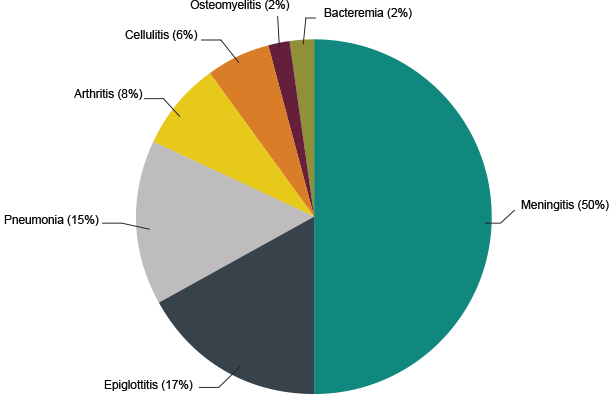
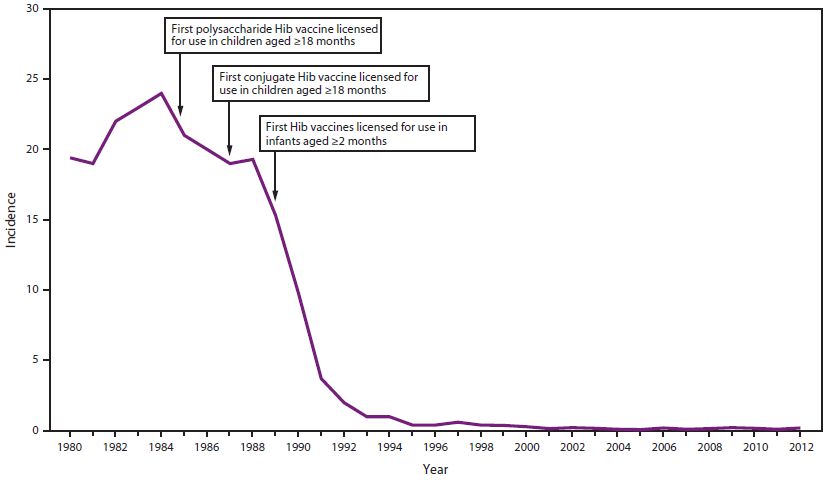


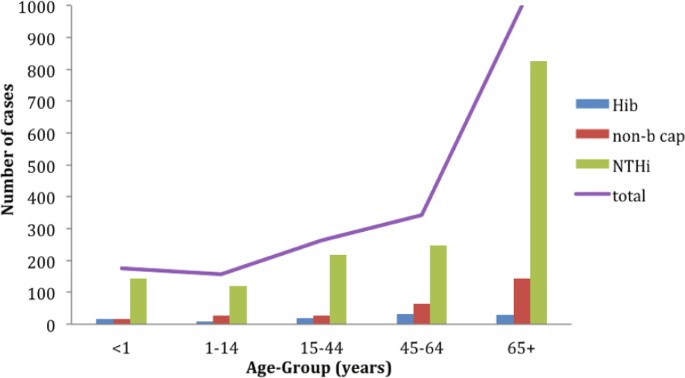


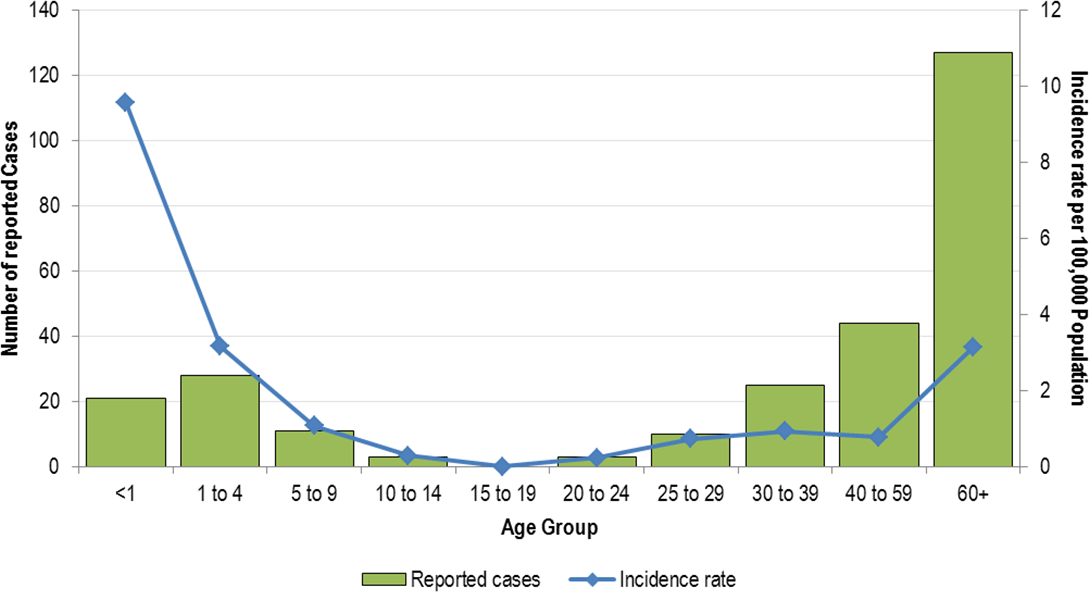


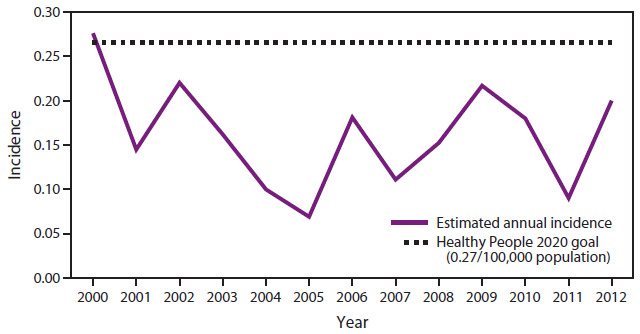





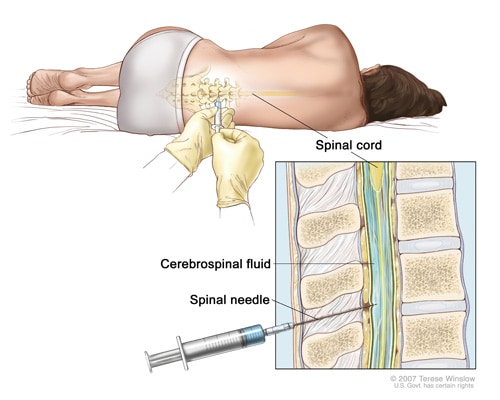

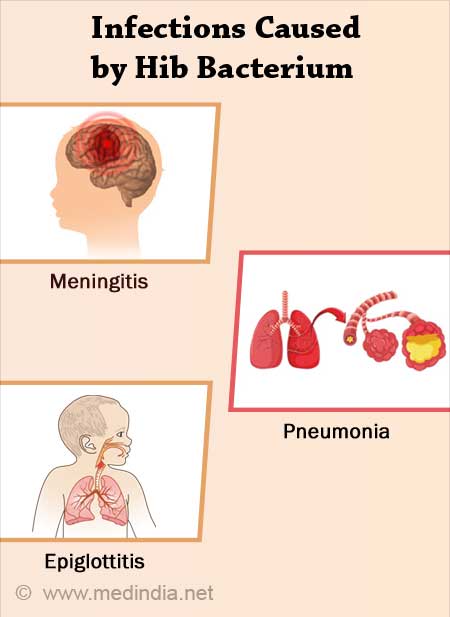
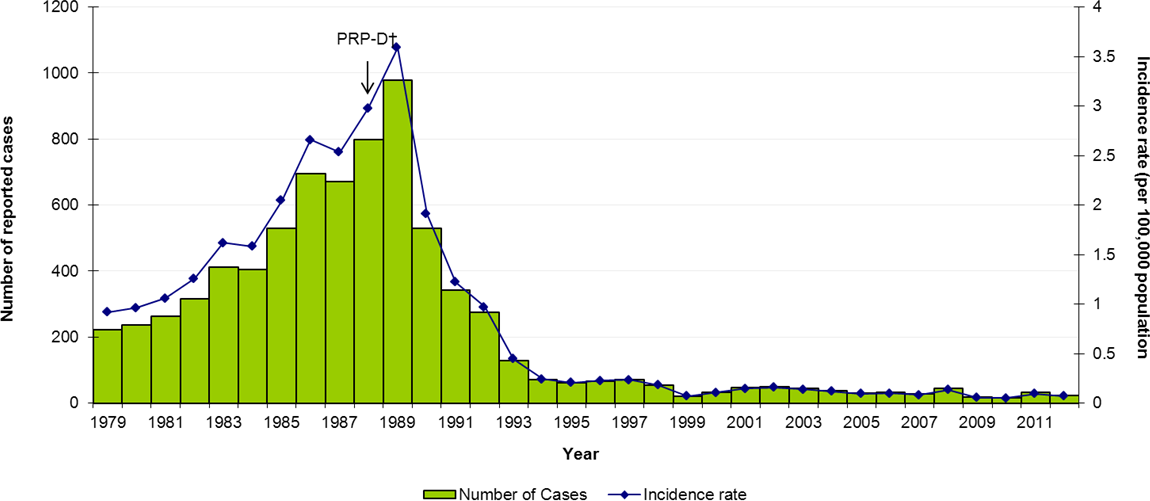




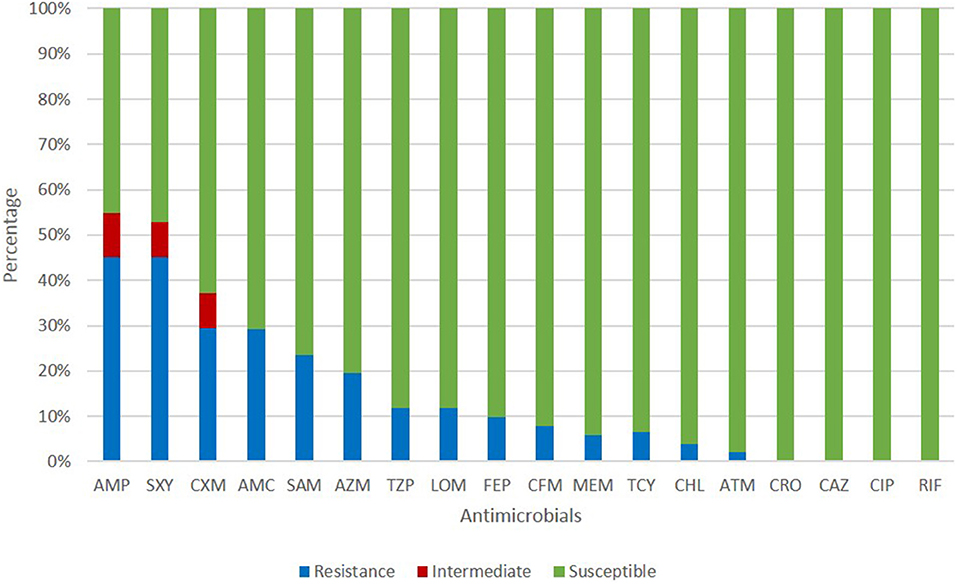



Post a Comment for "Invasive Haemophilus Influenzae Disease In Adults"